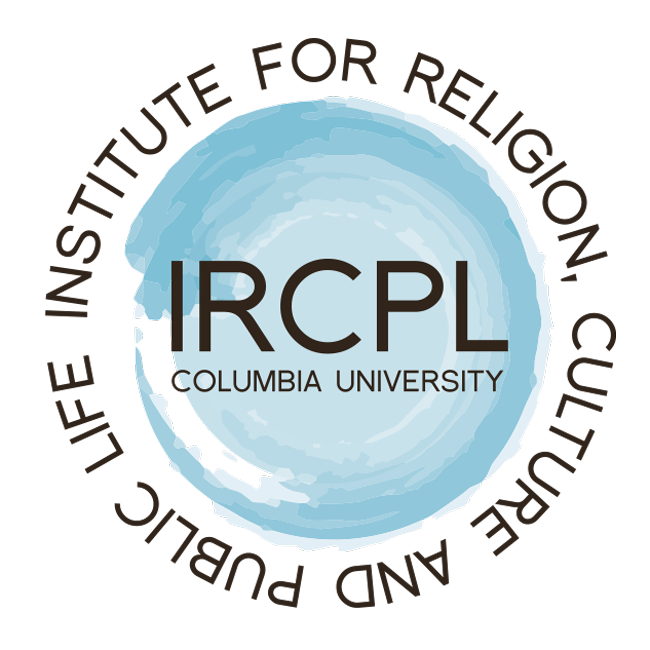A lecture by Alexis Wells-Oghoghomeh (Stanford University).
Enslaved people in the United States used materials and evinced cosmological ideas that challenged, expanded, and transcended Western European epistemological understandings of “religion,” even as said practices were presented as foils to the category. As a category deployed by researchers and a range of practices wielded by enslaved practitioners in the U.S. South, conjure names a collection of practices rendered opaque both in terms of its scholarly imprecision and its deliberate obfuscation of bondpeople’s complex inner lives by its practitioners. Often presented as base, violent, and problematically sensual due to its ties to foreign “magic,” outsiders’ renderings of conjure served as justification for American enslavement and masked the violence of slaveholding religiosity, while reifying the one-dimensionality of “slaves” in American discourses. At the same time, this historical racist stereotyping and vilification of bondpeople’s religions has often yielded a historiographical reluctance to theorize the ways religion and violence intersected in the religious productions and understandings of the enslaved. The result is often an equally one-dimensional rendering of enslaved communities. Reflecting upon the “dangerous magic” of categories like conjure in the study of religion and slavery, the presentation examines what violent practices reveal about intimate and communal conflict in the lives of southern enslaved people and the limitations of methodological categories when impeded by centuries of epistemic and historical violence. Through an examination of the case of Josephine, an enslaved woman accused of poisoning her slaveholders and killing their infant child, I explore the ways bondwomen weaponized ritual knowledge and racialized fears of Black women’s ties to harming protocols to respond to gendered forms of violence in the slavery era.

